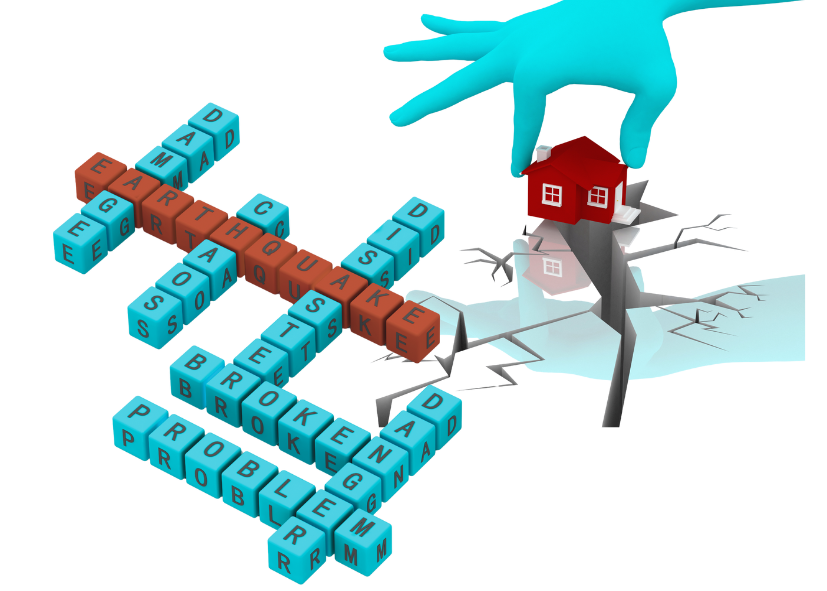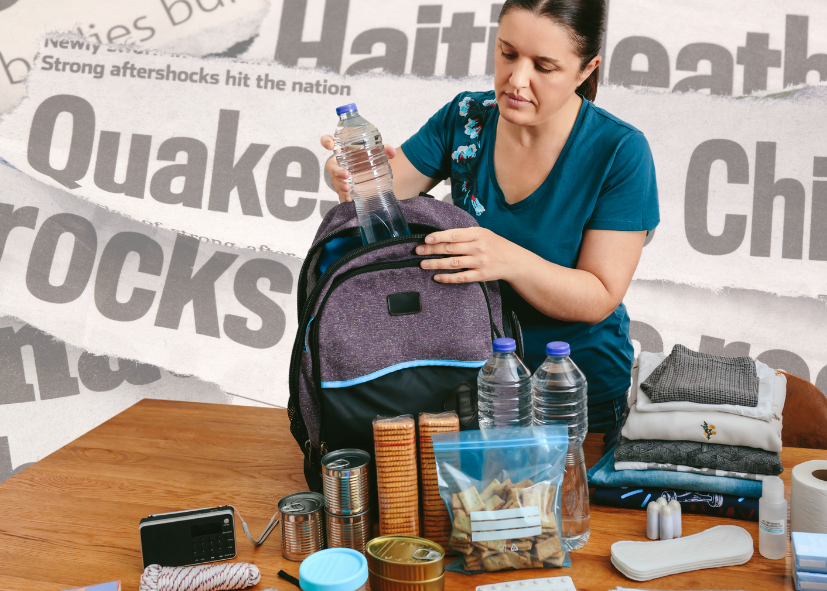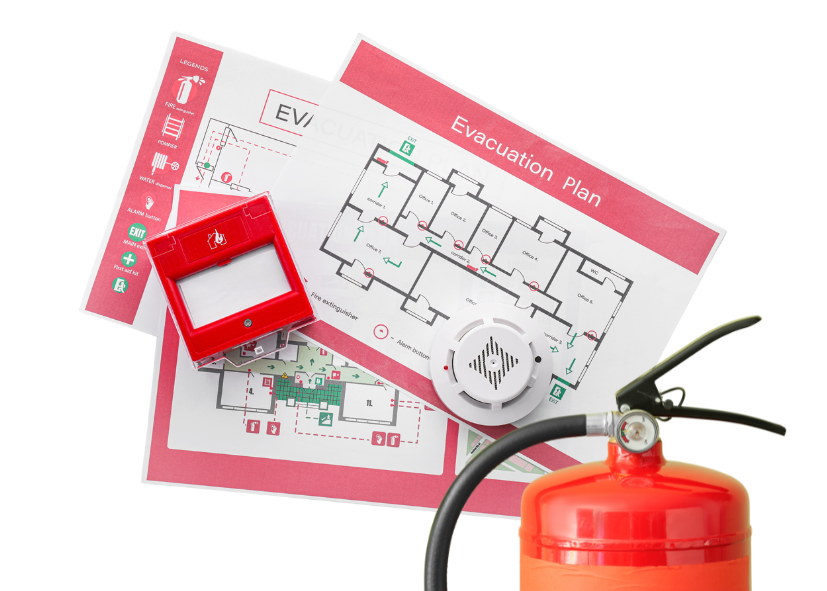Your Cart is Empty
Call, Text or Chat Mon-Friday 10AM-5PM CST : 1-844-WILDOAK
Menu
-
- Black Friday Deals
- Homesteading
- Living Off The Grid
- Off Grid Toilet
- Composting Toilets
- Incinerating Toilet
- Chicken Coops
- Greenhouses
- DIY Shed Kits
- Barndominium Kit
- Garage Kits
- Poultry Processing
- Dog Kennels
- BeeKeeping
- EMP & Signal Protection
- Emergency Food Kits
- Freeze Dryers
- Solar Generators, Panels and Batteries
- Solar Fridge & Freezers
- Propane Wall Heater
- Water Filtration
- Coolers and Cooking
- Gazebos
- Portable Sauna
- Camping Cot
- Hunting Blind
- Prepping
- Overlanding Gear
- Composting Toilets
- Solar Generators
- Brands
- Chicken Coop Brands
- Composting Toilet Brands
- Solar Brands
- Food Storage Brands
- Freeze Dryer Brands
- Water Filtration Brands
- Incinerating Toilet
- Dry Flush Toilet Brands
- Waterless Toilet Brands
- Heater Brands
- EMP Shield Brands
- Tent Brands
- Cot Brands
- Cooler Brands
- Stove & Grill Brands
- Dog Kennels
- Greenhouse & Gazebo Brands
- Portable Saunas
- DIY Shed Kits
- About Us
- Resource Center
-
- 1-844-945-3625
- Login

Call, Text or Chat Mon-Friday 10AM-5PM CST : 1-844-WILDOAK
Earthquake Preparedness: What You’ll Need to Survive
by Patricia Turla 10 min read
Earthquakes strike without warning, leaving little time to react. For a moment, everything is calm, and then the ground beneath you begins to shake violently, toppling buildings, cracking roads, and causing chaos. Having such unpredictability, combined with the potential for massive destruction, underscores the essence of having an earthquake preparedness plan. Being prepared can mean the difference between life and death, as well as the difference between minor property damage and total devastation.
Summary
The Challenges of Earthquake Preparedness
Earthquakes strike suddenly, causing severe damage like property destruction and infrastructure collapse. Being prepared is necessary, especially in seismic areas like California.
Home Safety Tips
Strengthening home structures through retrofitting and securing heavy furniture reduces earthquake damage and injury risks.
Emergency Supplies Needed
Essential supplies like water, non-perishable food, tools, and medical kits are essential for surviving the aftermath of an earthquake.
Building a Disaster Kit
A well-stocked disaster kit with medical supplies, food, personal hygiene items, and power backups is essential for surviving the aftermath of an earthquake.
Power Backup Solutions
Solar generators offer sustainable and reliable backup power during earthquakes, complementing other options like battery packs and traditional generators.
Emergency Services Coordination
Knowing local emergency contacts, shelters, and community resources ensures swift response and assistance during earthquakes.
Creating an Earthquake Preparedness Plan
An effective plan includes communication strategies, regular drills, understanding emergency procedures, and securing utilities and hazards.
The Challenges of Earthquake Preparedness

Since earthquakes occur suddenly, there’s little to no time for last-minute preparations. The rapid shaking can lead to property damage, downed power lines, and gas leaks. The ground motion from an earthquake can vary, even within short distances.
Smaller earthquakes often precede larger ones, making it essential to recognize that a minor shake could be a prelude to a more significant event. Living in an area prone to seismic activity, such as California, also necessitates a high level of earthquake preparedness.
Community Awareness and Involvement
A well-informed and prepared community reduces the overall impact of an earthquake.
Engaging with Local Resources
Organizations like the Earthquake Country Alliance and the American Red Cross provide valuable resources and training for earthquake preparedness. These organizations often hold community drills and educational sessions to help residents prepare for an earthquake and understand the potential risks.
Promoting Awareness and Education
Regularly discussing earthquake preparedness with family members, neighbors, and local schools can ensure that everyone knows what to do when an earthquake occurs. Encourage participation in community drills and share basic information on earthquake safety, such as how to turn off gas lines, identify potential hazards, and safely evacuate if necessary.
Building a Support Network
Having a strong community network can be invaluable during and after an earthquake. Know your neighbors and establish a plan to check on each other in the event of an emergency. Community groups can also work together to ensure that everyone has access to emergency supplies and assistance, especially those who may be more vulnerable.
Home Safety Tips
While smaller earthquakes might cause minimal damage, a larger earthquake, such as the Major California Earthquakes, leads to devastating structural damage, injuries, and even fatalities. To ensure your home and family remain safe during an earthquake, here are some essential tips and steps to follow:
Structural Assessments and Retrofitting
Before you even think about securing heavy furniture or preparing emergency supplies, start with the bones of your home. Structural assessments and retrofitting are essential to withstand the rapid shaking that occurs during an earthquake.
A structural engineer can identify potential risks and recommend a seismic retrofit to reinforce your home’s foundation, interior wall, and roof. The retrofit involves bolting the house to its foundation, bracing cripple walls, or securing chimneys. By doing this, you reduce the risk of property damage and protect your family.
Checking for Structural Weaknesses
To identify potential hazards, regularly inspect your home for structural weaknesses. Look for cracks in the walls, ceilings, and foundations. These can indicate deeper issues that need professional attention. Pay close attention to the home’s foundation and ensure that it is strong enough to withstand ground motion.
Additionally, ensure that water heaters are strapped to walls to prevent tipping and potential gas spills. Small preventive measures can mitigate significant damage and injuries when an earthquake occurs.
Securing Heavy Furniture and Appliances
Once your home’s structure is sound, it’s time to secure heavy furniture and appliances. Start by anchoring bookcases, cabinets, and tall furniture to the walls using brackets or straps. Doing so prevents them from tipping over when the shaking stops and protects you from falling debris. Large appliances like refrigerators and washing machines should also be secured with heavy-duty straps.
Fire Prevention Measures
In earthquake countries, fire prevention is a key part of disaster preparedness. Earthquakes can cause gas to seep out and down power lines, leading to fires. Reduce that risk by doing the following:
Proper Installation of Smoke Detector and Fire Extinguisher
Ensure that smoke detectors are installed in every room and hallway. Test them monthly and change the batteries at least once a year. Additionally, a fire extinguisher should be placed in easily accessible locations, such as the kitchen, garage, and nearby exits. Make sure all household members know how to use them.
Securing Utility Connections
Gas, water, and electrical lines can become hazardous during an earthquake. Secure these utility connections to prevent fires and flooding. Install flexible connectors on gas appliances to reduce the risk of gas leaks. Know how to shut off your gas, water, and electricity quickly. Keep a wrench near your gas meter for easy access.
Emergency Supplies Needed

When an earthquake occurs, having the right emergency preparedness supplies on hand can make all the difference, such as:
-
Wrenches and Crowbars: In the immediate aftermath of an earthquake, turning off utilities like gas and water prevents leaks and flooding. A sturdy wrench is essential for shutting off gas lines to avoid a potential gas leak. Crowbars are useful for prying open doors or windows that may become jammed due to shifting frames and debris.
-
Utility Tools: Items like duct tape, dust masks, and heavy-duty gloves are invaluable. Duct tape can secure broken windows, while dust masks help you breathe easier in areas with debris or dust. Heavy-duty gloves protect your hands when handling rubble or sharp objects.
-
Non-perishable Food Items and Water: Ensure you have at least one gallon of water per person per day for drinking and sanitation. Stock up on non-perishable food items such as canned goods, granola bars, and dried fruits. Don’t forget a manual can opener to access your food supplies.
-
First-Aid Supplies and Medical Necessities: Injuries occur frequently during earthquakes due to falling debris and broken glass. A well-stocked first-aid kit should include bandages, antiseptics, pain relievers, and any necessary prescription medications. Taking a first aid class can help you respond effectively to injuries during the first hours after an earthquake.
-
Flashlights, Batteries, and Portable Radios: Power outages are common during earthquakes. Flashlights and extra batteries provide essential lighting, while a portable radio helps you stay informed about emergency information and evacuation plans. Opt for a hand-crank or solar-powered radio to ensure you have a reliable power source.
Building a Disaster Kit
A disaster kit should cover your basic needs for at least 72 hours because, after an earthquake occurs, it might take emergency services some time to reach everyone in need.
Medical Supplies
Medical supplies are necessary in any emergency preparedness kit for earthquake or other disaster. Your kit should include:
-
A first aid class kit with bandages, antiseptic wipes, and adhesive tape.
-
Prescription medications and necessary medical equipment.
-
Pain relievers and over-the-counter medications.
-
Dust mask
-
A first aid manual for basic information on treating injuries.
Food and Water Storage
In the chaos of an earthquake, access to food and water can be disrupted. Below is what you should include:
-
At least a gallon of water per person per day for at least three days.
-
Non-perishable food items such as canned goods, protein bars, and dried fruits.
-
A manual can opener and utensils.
Personal Hygiene Items
Maintaining hygiene in the aftermath of an earthquake is important to prevent illness. Include these in your kit:
-
Hand sanitizer and moist towelettes.
-
Toothbrush, toothpaste, and personal sanitation items.
-
Feminine hygiene products and diapers if needed.
Blankets, Clothing, and Personal Documents
Being prepared for an earthquake also means having the right gear to stay comfortable and safe. Consider:
-
Extra blankets and warm clothing in case the shaking stops during cold weather.
-
Copies of personal documents and a list of emergency contacts.
-
Cash in small bills since ATMs might be down.
Power Backup Solutions
Power outages are common should an earthquake occur. Downed power utility wires and damaged infrastructure can leave entire neighborhoods in the dark. Emergency preparedness includes having a dependable power source to maintain essential services and communication.
Traditional generators, battery packs, and solar generators each offer different benefits and drawbacks. Choosing the right backup power solution is critical for effective disaster preparedness.
Advantages of Using a Solar Generator
Solar generators are an excellent choice for backup power, especially in earthquake-prone areas due to the following reasons:
-
Sustainability and Efficiency: Solar generators harness energy from the sun, making them a sustainable and environmentally friendly option. Unlike traditional generators that rely on fossil fuels, solar generators produce clean energy without emitting harmful gases.
-
Ease of Use and Maintenance: Solar generators are user-friendly and require minimal maintenance. Simply set up the solar panels to capture sunlight, and the generator will store the energy for later use. There are no complicated mechanical parts to worry about, and regular maintenance typically involves just keeping the solar panels clean.
-
Quiet Operation: Unlike traditional generators, which can be noisy and disruptive, solar generators operate silently.
-
Cost-Effective in the Long Run: Although the initial investment in a solar generator might be higher than other backup power options, it pays off over time. Solar energy is free, and once you’ve set up your system, your energy costs are significantly reduced compared to running a fuel-powered generator.
Other Backup Power Options
While solar generators are an excellent choice, it’s worth considering other backup power solutions to see what best fits your needs:
-
Battery Packs: Portable battery packs can power a cell phone, flashlight, and radio. However, such backup power may not provide enough for larger appliances or extended outages.
-
Traditional Generators: Gasoline or diesel-powered generators can supply power and run for extended periods. However, generators require fuel, which can be scarce in a disaster situation.
Emergency Services Coordination
Effective preparation for an earthquake risk involves more than just stocking up on basic supplies. It means understanding how to coordinate with local crisis services and knowing what protective actions to take immediately after an earthquake occurs.
Knowing Local Assistance and Contacts
During an earthquake, knowing who to call and a safe place to go ensures your safety. Familiarize yourself with local services and contacts, such as fire departments, hospitals, and police stations.
Having a list of emergency contacts handy ensures you can reach out for help quickly. The list should include numbers for your local utility companies to report water issues or downed electrical lines. Additionally, know the locations of your nearest emergency shelters and community resources. These shelters often provide a safe place and essential supplies in the first hours following a disaster.
Utilizing Community Resources and Shelters
Knowing where these resources are and how to access them is essential. In areas prone to earthquakes, community centers, schools, and other public buildings are often designated as emergency shelters. These shelters provide not only a safe location but also access to basic supplies and information.
Participate in community emergency preparedness programs and first aid classes offered by local organizations. These programs can teach you skills such as administering first aid, dealing with hazardous materials, and understanding seismic retrofits. Engaging with your community also fosters a support network that can be essential during disasters.
Earthquake Insurance Policies and Property Protection
Standard homeowners and renters insurance typically do not cover damages from earthquakes. Review your insurance company policies to understand your coverage and consider additional earthquake insurance to protect against potential financial loss.
Creating an Earthquake Preparedness Plan

An effective emergency plan should cover the following key elements:
Meeting Spots and Communication Strategies
When an earthquake happens, communication can become difficult. Designate meeting spots and communication strategies in advance:
-
Primary and Secondary Meeting Spots: Choose a primary meeting spot near your home and a secondary one further away in case the immediate area is unsafe.
-
Communication Plan: Develop a communication strategy to keep in touch with your family during the aftermath of an earthquake. Use text messages or social media to communicate, as phone lines may be overwhelmed. Ensure everyone knows how to use these methods, keep cell phones charged, and have a backup battery.
Regular Drills and Practice Sessions
Regular drills and practice sessions ensure everyone knows what to do when the shaking stops:
-
Practice Drop, Cover, and Hold: Practice this protective action regularly. Drop to the ground, cover your head and neck with your arms, and crawl underneath a sturdy table or desk. For those using a wheelchair, remain seated until the shaking stops.
-
Evacuation Drills: Conduct evacuation drills to practice leaving your home quickly and safely. Include different scenarios, such as nighttime evacuations or blocked exits, to prepare for any situation.
-
Reviewing the Plan: Regularly review and update your earthquake preparedness plan and evacuation routes. Make adjustments as needed based on changes in your household or community.
Emergency Operations and Hazards
Educating your family on emergency procedures ensures everyone is prepared for an earthquake:
-
Emergency Services and Supplies: Teach each member of the family how to use emergency essentials, including the fire extinguisher and first aid kit. Consider taking a first aid course together.
-
Potential Threats: Identify potential dangers in your home, such as heavy furnishings that could topple over and secure them.
-
Utility Shut-Offs: Ensure everyone knows how to turn off the gas, water, and electricity.
-
Aftershocks and Other Disasters: Prepare for aftershocks and other disasters that might follow the main shock. Ensure your plan covers a range of scenarios, including fires, floods, and power outages.
-
Water Heaters and Appliances: Strap the water heater to walls and secure large appliances to prevent them from tipping over.
-
Broken Glass and Debris: Install shatter-resistant film on windows to reduce the risk of broken glass. Keep a pair of sturdy shoes and gloves in your supplies to protect against debris removal injuries.
Conclusion
Creating an earthquake preparedness plan helps in protecting your family and property from the dangers of earthquakes. By developing a family emergency plan, designating meeting spots, conducting regular drills, and educating your family on the procedures, you can build a culture of preparedness that ensures everyone knows what to do when an earthquake occurs.
Stay informed about the earthquake risks in your area, maintain your supplies, and regularly review and update your plan to keep it effective. With these steps, you’ll be well-prepared to handle any earthquake risk.

Have any questions or would like to place an order? We'd love to help! Chat with our friendly customer service team by calling 1-844-945-3625, chatting in on our website or email us at customersupport@wildoaktrail.com. We look forward to hearing from you!
Leave a comment
Comments will be approved before showing up.

